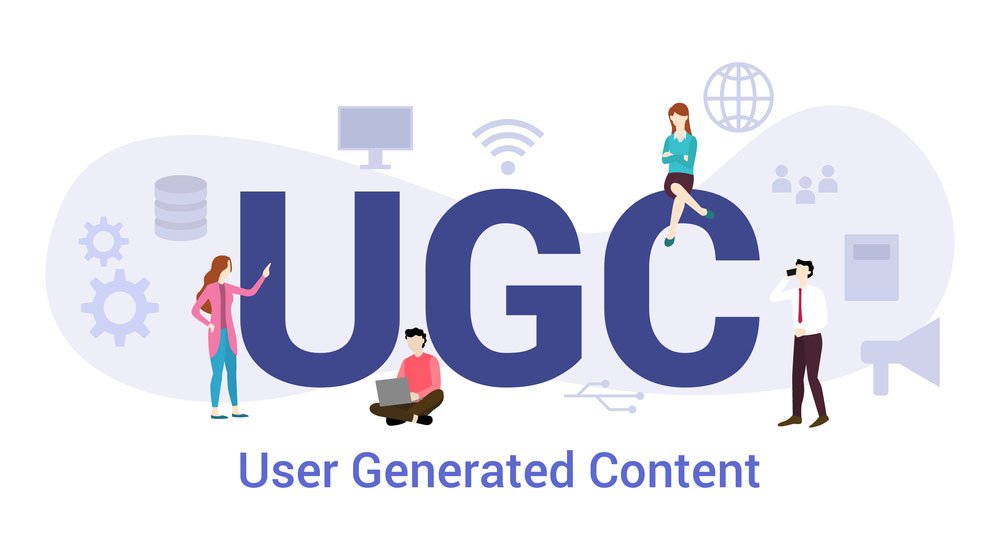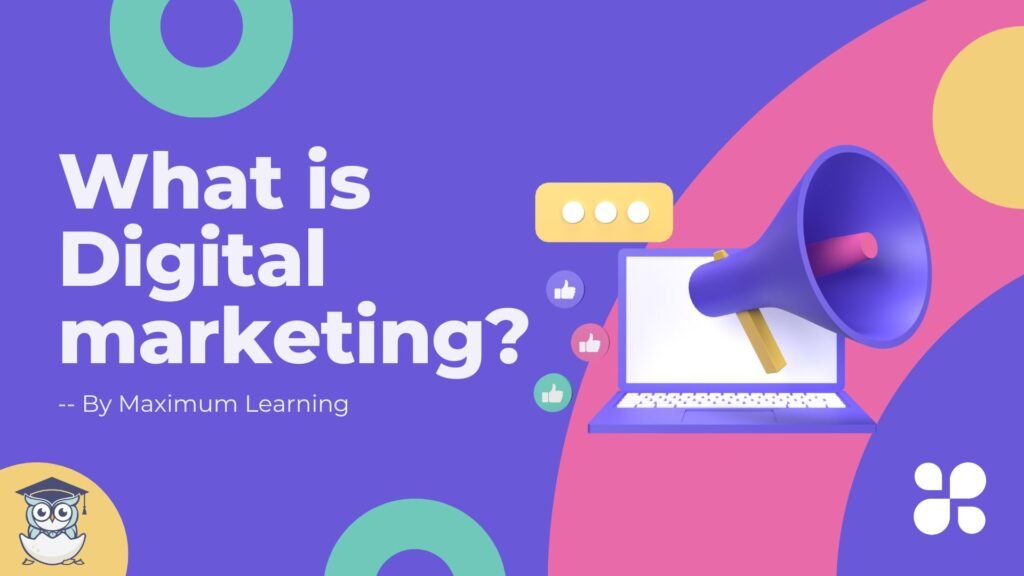User Generated Content Marketing Marketing encompasses a wide array of content forms, including text, images, videos, reviews, testimonials, and social media posts, among others. What sets UGC apart is its origin: it is created and shared by users themselves rather than by the brand or its marketers. This organic content reflects the genuine experiences, opinions, and creativity of individuals interacting with a product, service, or platform. UGC plays a crucial role in modern marketing strategies due to its authenticity, engagement potential, and ability to influence purchasing decisions. Brands can leverage User Generated Content Marketing to build trust, foster community, and amplify their reach by tapping into the power of user-generated content.
Where does UGC Content Come From?
UGC content creators originate from diverse sources, including customers, fans, and followers of a brand. These individuals willingly contribute content driven by their firsthand experiences, personal opinions, and creative expressions. They may engage with the brand through various channels such as social media platforms, review websites, forums, branded hashtag campaigns, and contests. By sharing their authentic perspectives, users become active participants in shaping the brand narrative and influencing the perceptions of others. This decentralized approach to content creation empowers individuals to express themselves while simultaneously fostering a sense of belonging and community around the brand. UGC can come in various forms such as:
Social Media Platforms: Users frequently share content related to brands on popular social media platforms such as Instagram, Twitter, Facebook, and others. This content can include photos, videos, stories, and posts showcasing products, experiences, or interactions with the brand. Social media provides a direct and immediate channel for users to engage with brands and share their opinions and experiences with a wide audience.
Review Websites and Forums: Users often visit review websites and forums like Yelp, TripAdvisor, Reddit, and specialized forums related to specific industries or interests. Here, they leave reviews, and comments, or participate in discussions about their experiences with products, services, or brands. These platforms serve as valuable sources of user-generated feedback and recommendations, influencing the purchasing decisions of other consumers.
Branded Hashtag Campaigns: Brands frequently launch hashtag campaigns to encourage users to create and share content related to a specific theme, product, or campaign. By promoting a unique hashtag, brands can aggregate user-generated content across various social media platforms, allowing for increased visibility, engagement, and brand awareness. This approach empowers users to participate actively in brand storytelling and fosters a sense of community and belonging among participants.
Contests and Challenges: Brands often organize contests or challenges where users are invited to create and submit content for a chance to win prizes, recognition, or other incentives. These competitions can take various forms, such as photo contests, video challenges, or creative submissions related to brand-related themes or products. Contests and challenges not only incentivize user participation but also generate excitement, virality, and user-generated content that can be leveraged for marketing purposes.
Product Reviews and Testimonials: Users frequently share their experiences with products or services through written reviews, testimonials, or case studies. Whether on e-commerce websites, brand websites, or dedicated review platforms, these user-generated reviews provide valuable insights into product quality, usability, and customer satisfaction. Positive reviews and testimonials serve as powerful social proof, influencing the purchasing decisions of potential customers and building trust in the brand.

Why is User-Generated Content Important?
User-generated content offers several benefits for brands, including enhancing authenticity, fostering engagement, building social proof, reducing content creation costs, and cultivating brand advocacy.
Authenticity: UGC is perceived as more genuine and trustworthy because it originates directly from real users rather than being curated or controlled by the brand. This authenticity resonates with audiences, leading to increased credibility and trust in the brand’s messaging and offerings.
Engagement: UGC stimulates interaction and engagement among users, fostering a sense of community and belonging around the brand. By encouraging users to share their experiences, opinions, and creative content, brands can facilitate meaningful conversations and connections that strengthen customer relationships and loyalty.
Social Proof: Positive UGC serves as powerful social proof, influencing the purchasing decisions of other consumers. When prospective customers see real people endorsing and advocating for a brand through user-generated content, they are more likely to perceive the brand positively and feel confident in making a purchase.
Cost-Effectiveness: UGC represents a cost-effective solution for content creation, as brands can leverage the creative contributions of their user community without incurring substantial production expenses. By harnessing UGC, brands can maintain a consistent stream of diverse and compelling content across various marketing channels at a fraction of the cost of traditional advertising or content creation methods.
Brand Advocacy: Encouraging UGC can transform satisfied customers into enthusiastic brand advocates who actively promote the brand to their networks. When users share their positive experiences and endorse the brand through UGC, they essentially become unpaid ambassadors, amplifying the brand’s reach and influence within their social circles and online communities.
Types of User-Generated Content
Indeed, user-generated content (UGC) can manifest in various forms, reflecting the diverse ways users engage with brands and express themselves. Here’s an elaboration on the common types of UGC:
Reviews and Testimonials: Users provide feedback about their experiences with a product or service through written or video-based reviews and testimonials. These testimonials can be shared on e-commerce platforms, review websites, social media, or directly with the brand, influencing the purchasing decisions of other consumers.
Social Media Posts: Users create posts on social media platforms such as Instagram, Twitter, Facebook, and TikTok featuring the brand or its products. These posts often include images, videos, or text captions, and may utilize branded hashtags or mentions to facilitate brand discovery and engagement.
Photos and Videos: Users generate visual content showcasing products or services in action through photos and videos. These user-generated visuals provide authentic depictions of products being used in real-life scenarios, offering valuable insights and inspiration to other consumers considering a purchase.
Blog Posts and Articles: Some users share their experiences or opinions related to a brand through user-written blog posts and articles. These pieces of content may delve deeper into specific aspects of the brand, product features, or industry-related topics, contributing to a broader conversation and providing valuable perspectives to other users.
Q&A and Forums: Users engage in discussions, ask questions, and provide answers on platforms like Quora, Reddit, or dedicated brand forums. These user-generated questions and responses cover a wide range of topics, including product recommendations, troubleshooting, and general inquiries, creating opportunities for community-driven support and knowledge sharing.
Best UGC Examples
Some notable examples of successful user-generated content campaigns include:
1. Starbucks’ #WhiteCupContest: Starbucks encouraged customers to decorate their white cups and share photos on social media using the hashtag #WhiteCupContest.
2. GoPro’s Photo of the Day: GoPro features user-submitted photos and videos on its website and social media platforms, showcasing the versatility of its cameras.
3. Coca-Cola’s Share a Coke Campaign: Coca-Cola personalized its bottles with common names and encouraged customers to share photos with their personalized bottles using the hashtag #ShareACoke.
4. Airbnb’s #AirbnbBucketList: Airbnb encouraged users to share their dream travel destinations on Instagram using the hashtag #AirbnbBucketList, resulting in a collection of inspiring travel photos.
5. Lululemon’s #TheSweatLife: Lululemon created a community around fitness and wellness by encouraging users to share their workout routines, yoga poses, and healthy habits using the hashtag #TheSweatLife.
User-Generated Content Tips
When seeking to effectively leverage user-generated content, brands should prioritize authenticity, engagement, and community-building by encouraging active participation, curating and showcasing the best content, engaging with users through acknowledgment and interaction, maintaining consistency with brand values, messaging, and aesthetics, and obtaining consent before repurposing user-generated content for marketing purposes.
Here are some tips for effectively leveraging user-generated content:
Encourage Participation: Create incentives or opportunities for users to contribute content by hosting contests, giveaways, or exclusive features. By offering rewards or recognition, brands can motivate users to share their experiences, opinions, and creativity, fostering a sense of ownership and belonging within the community.
Curate and Showcase: Highlight the best user-generated content on your websites. Social media channels, or marketing materials to amplify its impact. Curating and showcasing UGC not only increases its visibility but also demonstrates appreciation for user contributions, encouraging continued engagement and participation.
Engage and Acknowledge: Interact with users who create content about your brand by liking, commenting, or reposting their content. Showing genuine appreciation and acknowledgment for user-generated content fosters a positive relationship between the brand and its community, strengthening brand loyalty and advocacy.
Maintain Consistency: Ensure that user-generated content aligns with your brand’s values, messaging, and aesthetics to maintain a cohesive brand image. Consistency in the quality and tone of UGC helps reinforce brand identity and credibility, enhancing the overall brand experience for consumers.
Obtain Consent: Always seek permission from users before repurposing their content for marketing purposes to respect their rights and privacy. Obtaining consent demonstrates respect for user ownership and ensures compliance with legal and ethical standards regarding the use of user-generated content.
User-Generated Content Tools
Several tools and platforms can help brands collect, manage, and leverage user-generated content, including:
1. Social Media Listening Tools: Tools like Hootsuite, Sprout Social, or Mention can help monitor social media platforms for mentions and user-generated content related to your brand.
2. UGC Platforms: Platforms like TINT, Yotpo, or Pixlee provide solutions for collecting, curating, and displaying user-generated content across various channels.
3. Hashtag Tracking Tools: Tools like Hashtagify, Keyhole, or Sprout Social can track the performance and reach of branded hashtags used by users.
4. Rights Management Platforms: Platforms like RightsFlow or UGC Rights Management by Crowdtap help secure rights and permissions for repurposing user-generated content legally.
5. Community Forums and Feedback Tools: Platforms like Reddit, Quora, or UserVoice can facilitate user engagement, feedback collection, and community building around your brand.




